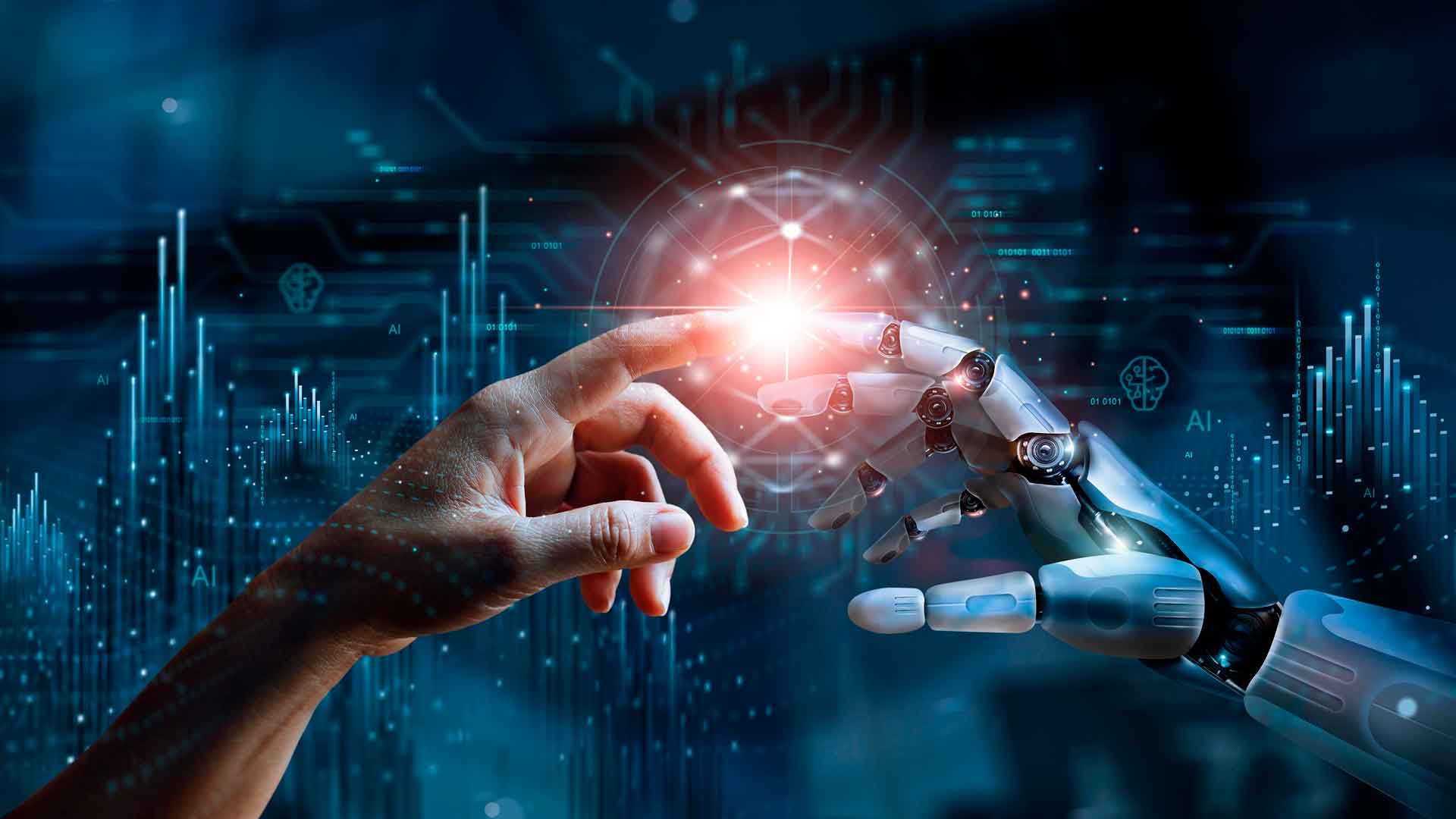ABCDou Insights
Exploring the world of news, trends, and information.
When AI Meets Creativity: Robots in the Art Studio
Discover how robots are redefining creativity in art studios! Unleash the future of artistic expression with AI's innovative touch.
The Role of AI in Modern Art Creation: A Deep Dive
The integration of AI into modern art creation marks a transformative shift in artistic expression and production. Artists are now leveraging advanced algorithms and machine learning techniques to generate innovative works that challenge traditional notions of creativity. For example, AI programs like DeepArt and Artbreeder allow artists to blend styles, create unique paintings, and even compose music. This collaboration between human intuition and machine precision not only enhances creative possibilities but also raises intriguing questions about authorship and originality in art.
Moreover, AI is being used to analyze and interpret existing artworks, offering new insights and perspectives that were previously unattainable. By employing tools such as image recognition and data analytics, artists and critics can uncover patterns and trends within art movements, providing a deeper understanding of cultural context and evolution. As AI continues to evolve, its role in art creation will likely expand, pushing the boundaries of what art can be and inviting discussions about the intersection of technology and creativity.

Can Robots Truly Capture Human Emotion in Art?
The debate surrounding whether robots can truly capture human emotion in art touches on the very essence of creativity and empathy. While machines can analyze patterns and replicate styles, their ability to transcend mere imitation and resonate on an emotional level remains questionable. AI-generated art may visually captivate an audience, but does it evoke the same depth of feeling as a piece created by a human artist? This poses a critical question about the nature of art itself: Is it the outcome or the experience that defines artistic value?
Proponents of AI in the artistic realm argue that technology can assist in expressing emotions by providing tools that enhance human creativity. For example, AI programs can analyze vast datasets to identify trends in emotional responses to different forms of art. However, critics contend that devoid of lived experiences and genuine emotions, robots lack the essential ingredient that connects human emotion with artistic expression. As machines continue to evolve, the challenge lies in fostering a collaboration between humans and technology, aiming for a synthesis that maintains the soul of art while embracing innovation.
How AI is Shaping the Future of Creative Expression
Artificial Intelligence (AI) is revolutionizing the way we engage with creative expression, providing artists, writers, and musicians with innovative tools that enhance their creative processes. By leveraging machine learning algorithms, creators can now tap into a wealth of ideas and inspiration generated by AI systems. For instance, AI-assisted design software can suggest color palettes and layouts, making it easier for graphic designers to develop visually stunning projects. Furthermore, AI algorithms can analyze vast amounts of data to identify emerging trends in art and music, helping creators stay ahead of the curve as they shape their unique voices.
The impact of AI on creative expression extends beyond mere assistance; it also challenges traditional notions of authorship and originality. With tools that can create music, write poetry, and even generate paintings, the question arises: who is the true artist? This new frontier of collaborative creation encourages individuals to rethink their approaches and embrace the possibilities of partnering with technology. As we delve deeper into this digital renaissance, it becomes clear that the fusion of human ingenuity and machine intelligence is paving the way for a future where the boundaries of creativity are continually redefined.